Richmond, Virginia, is known for its rich architectural heritage, which reflects its long history as the capital of the Commonwealth of Virginia and its role in various stages of American history. Here’s a brief overview of the architectural styles and landmarks in Richmond:
- Colonial Architecture: Richmond’s history dates back to the early colonial period, and you can still find well-preserved examples of Colonial and Georgian architecture. The Virginia State Capitol, designed by Thomas Jefferson, is a significant example of this style. It features a neoclassical design with a prominent dome, which is an iconic symbol of the city.
- Antebellum and Greek Revival: The city’s architecture also reflects the Antebellum era with many grand mansions built in the Greek Revival style. The Executive Mansion (Governor’s Mansion) is a notable example, known for its imposing columns and elegant design.
- Victorian Architecture: In the 19th century, during the Victorian era, Richmond saw a proliferation of Victorian-style homes and buildings. The Fan District is particularly well-known for its beautiful rows of 19th-century rowhouses, exhibiting a mix of Italianate, Queen Anne, and Second Empire architectural elements.
- Industrial and Gothic Revival: The construction of the Virginia State Capitol Extension in the late 19th century introduced elements of Gothic Revival architecture. This addition to the Capitol building features intricate stone carvings, pointed arches, and other Gothic-inspired details.
- Art Deco: The early 20th century saw the rise of Art Deco architecture in Richmond. The Carpenter Theatre, originally known as the Loew’s Theatre, is a fine example of this style, known for its sleek lines and decorative details.
- Mid-Century Modern: Richmond also has a range of mid-20th-century architecture. The Hotel John Marshall, now converted into apartments, is an example of mid-century modern design.
- Contemporary Architecture: Modern designs and contemporary architecture are becoming more prevalent in Richmond. The VCU Institute for Contemporary Art, designed by Steven Holl Architects, is a striking example of modern architecture with its innovative design and use of space.
- Historic Neighborhoods: Richmond has several historic districts with well-preserved architecture, including Church Hill, Jackson Ward, and Oregon Hill. These neighborhoods offer a glimpse into the city’s architectural evolution over the centuries.
- Monument Avenue: Monument Avenue is famous for its grand boulevard and statues honoring Confederate leaders. The avenue features a mix of architectural styles, including Beaux-Arts and Neoclassical designs, making it a significant part of Richmond’s cultural and historical landscape.
Richmond’s architectural diversity reflects its rich and complex history. The city’s buildings and landmarks serve as a living record of its development from colonial times to the present day, offering a visual narrative of its cultural, political, and social evolution.

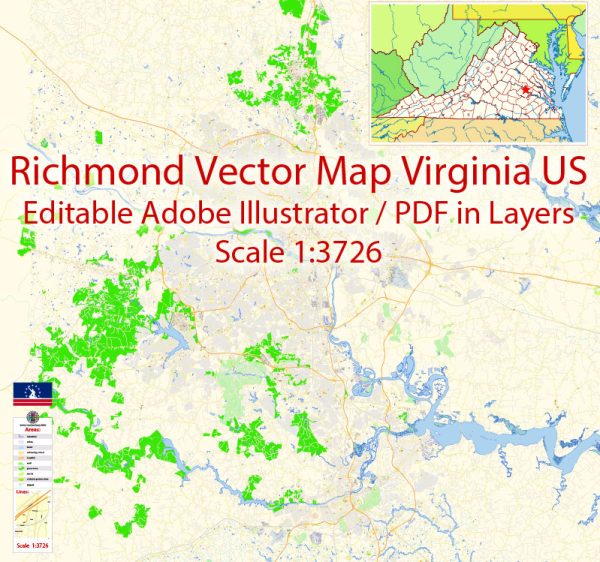
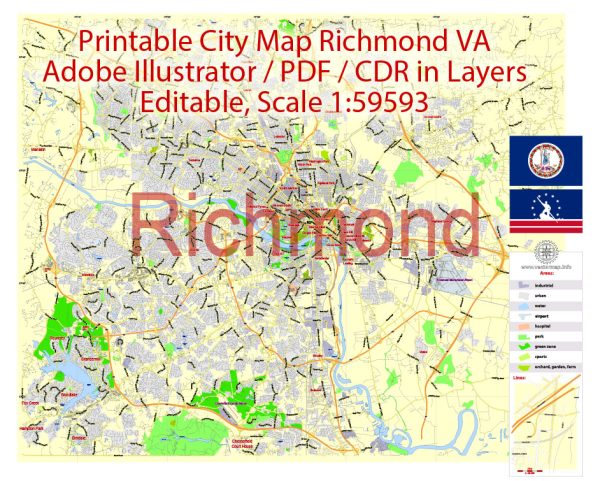
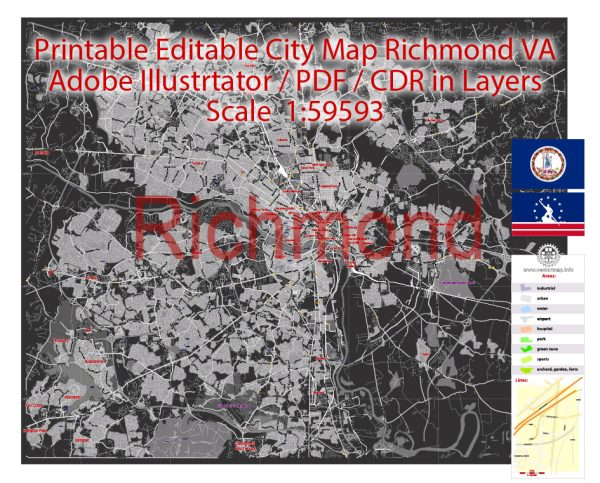
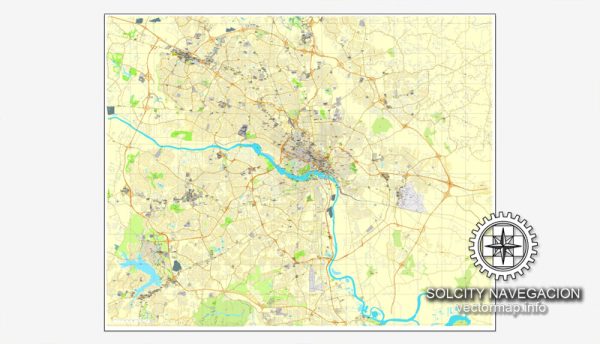
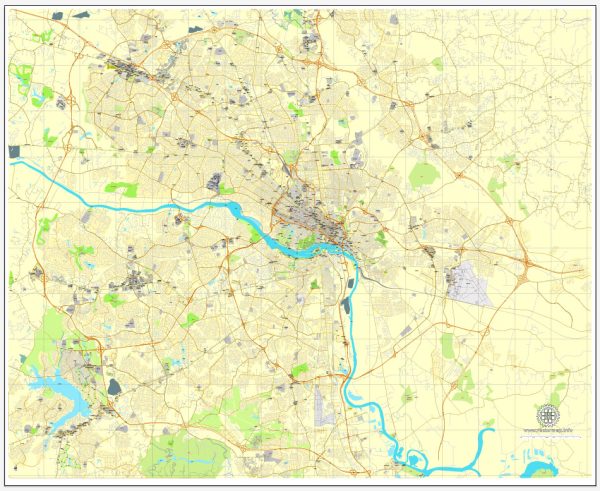
 Author: Kirill Shrayber, Ph.D.
Author: Kirill Shrayber, Ph.D.